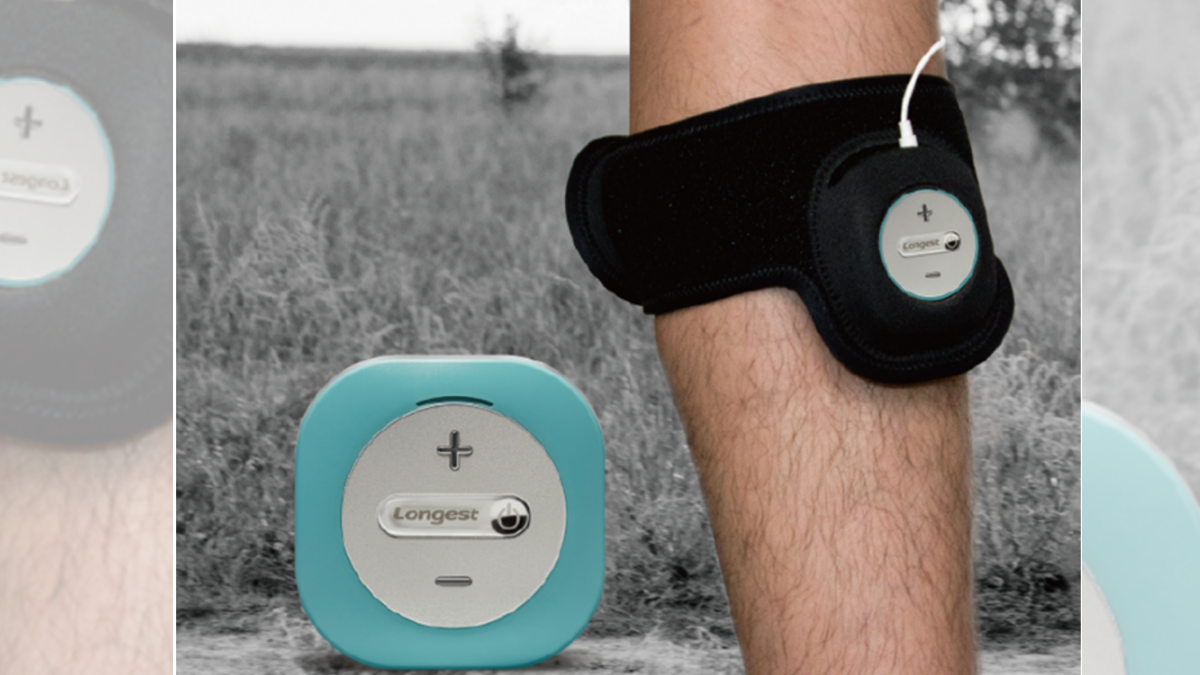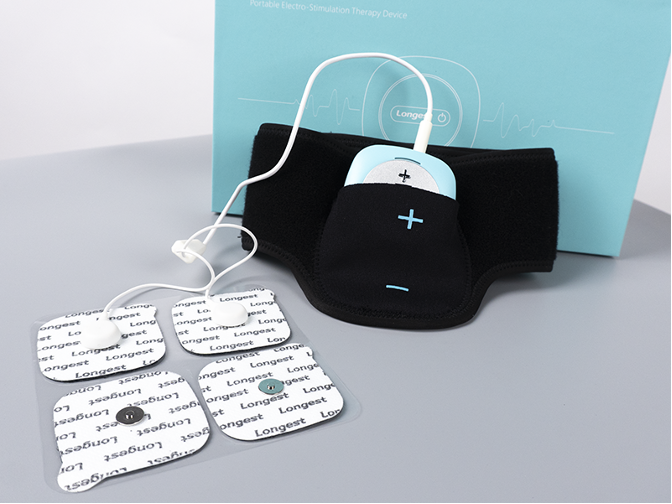
Spinal cord injury (SCI) is a serious condition that often causes severe morbidity and permanent disability. The estimated annual global incidence of SCI varies from 250,000 to 500,000 per million of the population, with a recent increase over the last decade. The majority of these injuries occur in low- and middle-income countries, and are often due to road traffic accidents, falls, and violence.
Treatments and rehabilitation can aid people with spinal cord injuries in regaining independent and productive lives. In particular, FES devices can be utilized as part of rehabilitation, using electrical stimulation to control arm and leg muscles that allow individuals with SCI to stand, walk, reach, and grip. This blog will provide comprehensive insight into how FES devices support the rehabilitation process for spinal cord injuries.
Table of Contents
What is Spinal Cord Injury & the Consequences if Left Untreated?
Spinal Cord Injury is a sudden onset interruption to the nerves within the spinal canal leading to spinal cord damage, which happens as a result of trauma, various diseases, or degeneration.
People with spinal cord injuries usually have poor prognoses. Unfortunately, if left untreated, spinal cord injuries may lead to partial or total paralysis, affecting one’s quality of life. The longer SCI is ignored, the worse it may become.
Developing secondary conditions is common among individuals with spinal cord injuries. These conditions include muscle spasms, pressure ulcers, osteoporosis, respiratory infections, bowel and bladder issues, and blood clots. They can be very severe and may even endanger a person’s life.
The emotional wellness of SCI survivors can also deteriorate over time. A recent study found that people having SCI are at more risk of acquiring mental health problems, such as anxiety and depression, compared to those without these injuries.
1. How does the FES Device work?
Functional Electrical Stimulation (FES) is a rehabilitation technique that has received approval. It involves using low-level electrical impulses to stimulate muscles that have been weakened or paralyzed due to spinal cord damage, prompting them to move normally.
An FES device consists of a control box with a battery and electrodes. The electrodes can be used almost anywhere on the body where movement is required. For instance, if one is not available to straighten his or her fingers and wrist or bend the knees, they can place the FES device on the forearms or behind the knee, respectively, to train their flexibility.
2. What will improve during the rehabilitation?
Spinal cord injury patients can make the best use of the FES device during their rehabilitation. This electrical muscle stimulation therapy can cause the muscles to contract, which may promote increased muscle bulk and control.
FES device may also:
- Improve range of motion.
- Reduce muscle spasms.
- Improve functional use of the hands, arms, or legs.
- Boost blood circulation.
- Restore breathing to eliminate the need for a ventilator.
- Prevent pressure sores.
- Reduce the risk of fractures.
- Regain lost bone mass.
- Reduce the risks of lung infections.
- Reverse muscle atrophy.

Advanced FES technology
MStim Drop LGT-233 is a wearable FES device that is usually used to treat foot drops caused by spinal cord injury. It applies low-level electrical impulses to weak or paralyzed muscles to make them contract again. This can help SCI patients move again, improve muscle flexibility, and prevent further muscle atrophy effectively.
This FES device is mainly created for foot drop patients to help them walk more naturally and live more independently.
Features of FES Device MStim Drop LGT-233
- User-defined Protocol: adjustable parameters that will offer you an effective and comfortable experience. The machine can also store your adaptation for further treatment.
- Small, Lightweight, Wearable Convenient
- Has training and walking modes.
- Built-in Smart Sensor
- APP Control
- Energy Saving: adapting rechargeable battery that can deliver over 4 hours of working time after a single charge.
Conclusion
GZ Longest is an ISO and MDSAP-certified company of high-quality physiotherapy and rehabilitation equipment. After more than 22 years of development, the renowned enterprise has advanced manufacturing equipment to ensure efficient and high-quality production.
GZ Longest provides a wide array of technologies that support healthcare departments towards best-in-class patient care and operational excellence. Together, they can provide high-quality rehabilitation for more people and improve the health of all worldwide. Contact GZ Longest today to learn more about our innovative functional electrical stimulation devices.
References
https://www.ncbi.nlm.nih.gov/books/NBK560721/
https://www.ncbi.nlm.nih.gov/pmc/articles/PMC4303787/
https://my.clevelandclinic.org/health/treatments/21163-functional-electrical-stimulation-fes-for-spinal-cord-injury